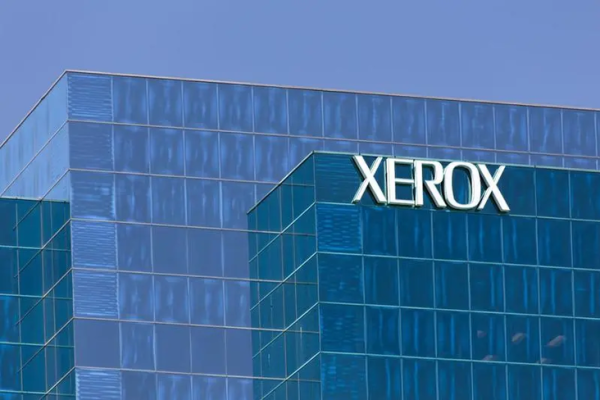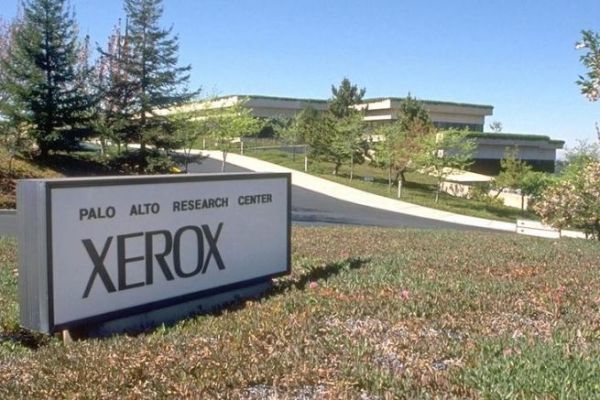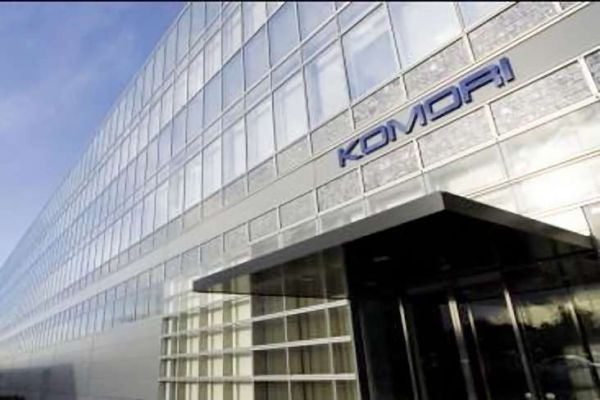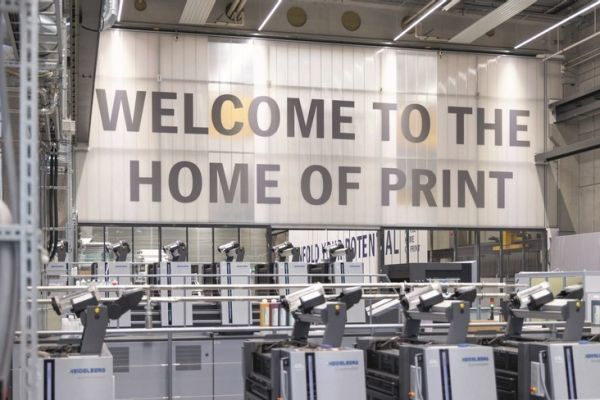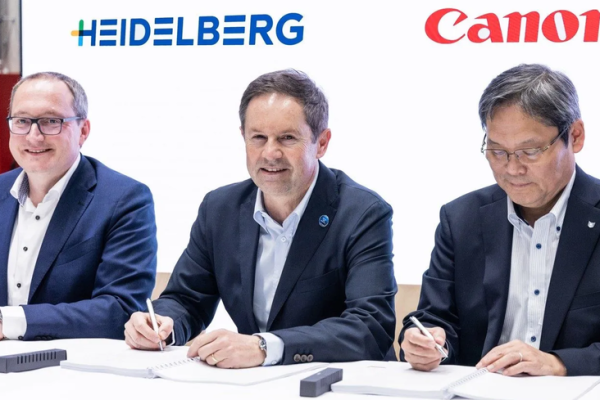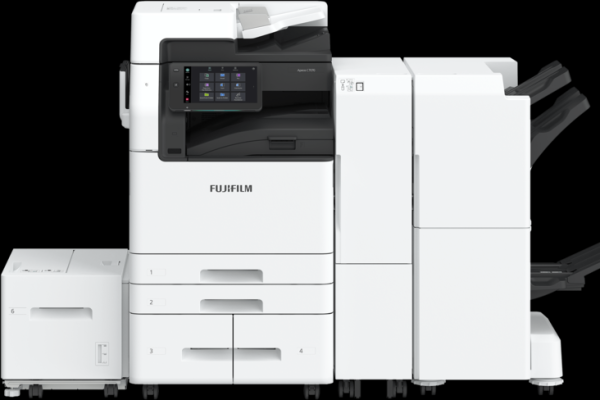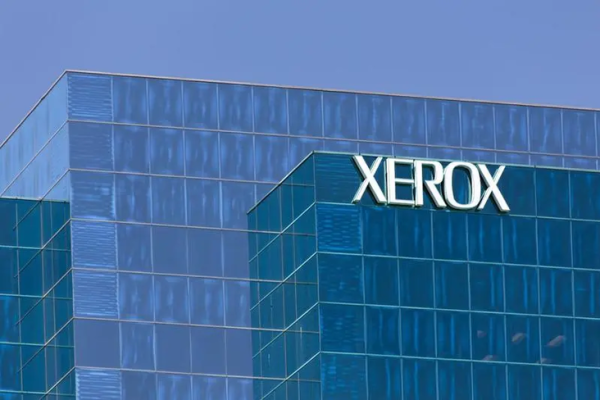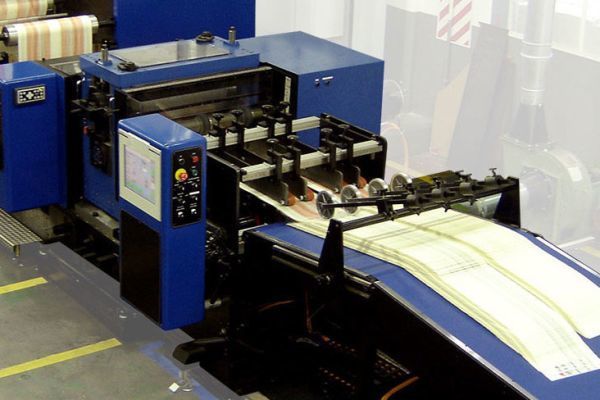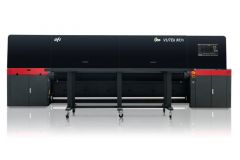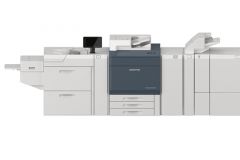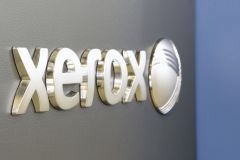Xerox, the American photocopying pioneer, has decided to acquire Lexmark, an American printer and printing services manufacturer founded in 1991, from the spin-off of IBM's printing division. While the deal seems designed to strengthen both companies' presence in 170 countries, it also raises questions. The aim? To consolidate its position in an increasingly competitive market. The two companies, present in 170 countries, are joining forces to meet the growing need for printing solutions adapted to hybrid work environments.
Lexmark, known for its A4 color solutions, should benefit from integration with Xerox's ConnectKey technology. Together, they will aim to better penetrate the A3 market and expand digital services. This partnership is based on technical complementarities, while leveraging Lexmark's expertise in OEM production and Xerox's in document management.
On the one hand, the synergies announced ($200 million in projected savings and a reduction in debt) could, in time, breathe new life into the company. On the other hand, Xerox's technological and commercial positioning remains unclear. How can such an acquisition be justified when key segments such as inkjet, though promising, have been abandoned? Read more : Confidential / Xerox downsizes its equipment production activities and considers a strategic reorientation. This heterogeneous strategy raises concerns about Xerox's ability to respond to industry challenges and maintain its historic role as a forerunner.
Xerox seems to have chosen its moment. Lexmark, owned for eight years by a consortium of Chinese investors (Ninestar Corporation, PAG Asia Capital and Shanghai Shouda Investment Center), had been bought out for $3.6 billion. Today, its resale for a halved sum illustrates the challenges facing the printing industry.
While the acquisition enables Xerox to strengthen its presence in Asia and the United States, the relevance of this strategy is being closely scrutinized by competitors such as Fujifilm (Read : Fujifilm takes on the multifunction office market ) and Canon. The latter could adjust their own positions to avoid being marginalized in a market where consolidation is on the rise. However, the future of this Xerox-Lexmark alliance will depend on the implementation of real synergies and a clarification of the strategic orientations of the whole.
The takeover remains subject to approval by regulatory authorities and the shareholders of Ninestar, Lexmark's main shareholder. Once finalized, this transaction will establish Xerox and Lexmark as one of the world's top five print solutions companies, with a strong presence in Asia-Pacific.
